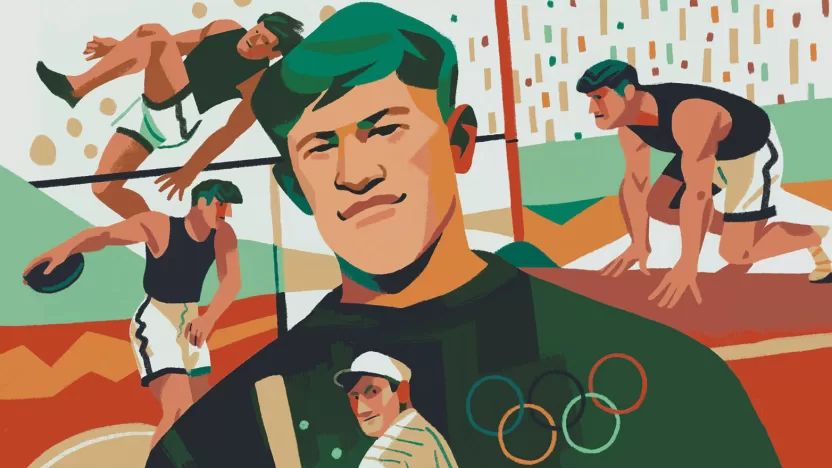Clarity and Obscurity
From geographical borders to symbolic thresholds in literature, interfaces mediate realms of clarity and mystery, linking the familiar with the unknown
by Giulia Pozzobon

Photo by Chris Burkard/Verb Photo
Those who design and build user interfaces know that usability must be the driving principle. Whether it’s a software application, a website, a digital device, a screen, or a voice, the essential requirement is that the interface be easy to use and transparent. And that it is easily navigated through in order to engage in a dialogue with the machine.
These interfaces are designed to match our rational way of thinking, minimizing the friction and attrition of our experience with technology. They must be clear and straightforward, user-friendly, and consistent with the user’s logical expectations. Increasingly accurate and invisible, today’s interfaces give us the remarkable feeling that they are part of us, seamlessly integrated into our physical and psychological interaction with the world.
However, if we gaze beyond the horizon of technological interfaces, we can explore another fascinating semantic field. Although all interfaces remain spaces where we make contact, they can have deeper and more mysterious meanings. Free zones, bridges, and all borders, geographical and otherwise, are interfaces.
For example, the spaces between one region and another, where the rules change, and where being on one side or the other has significant implications for identity. These interfaces are points of separation and communication between different entities, and by being in-between, they have their own distinct characteristics, drawing something from each side to evolve into a third entity.
In this sense, rivers are essential interfaces for a territory. They connect their headwaters to the sea, but they also divide their two banks: it is no coincidence that in ancient times the inhabitants of the two riverbanks were called rivals, a word based on the Latin root rivalis, meaning “those who use the same stream as a water source.” Rivers are inherently communication channels. Many civilizations have originated along riverbanks, not only because of the fertility of the riverbed but also due to the convenient transportation that a waterway provides.
As hybrid interfaces between land and water, rivers multiply biodiversity and elude the control of the territories through which they flow. But let’s go beyond that: some interfaces are even more symbolic and obscure; they, too, act as connectors but in the opposite direction to that of clarity. Take, for example, in Leopardi’s poem L’infinito, the hedge that “hides so much of the most distant horizon.”
The hedge obstructs his gaze but is also an interface that, by limiting and separating, liberates the poet’s imagination. It forces him to confront the unknown and open up himself to intellectual vastness that he would otherwise not explore. We could say that without that opaque interface that prevented him from seeing the sea, Leopardi wouldn’t have written his masterpiece.
The Labyrinth of Greek mythology, the notion of the Veil of Maia, and the many thresholds found in the literature of all cultures are also boundaries that are difficult to cross but that, once faced, reveal the truth. Whether they are transparent or opaque, interfaces serve a common purpose: they mediate between two realms. The former mediate between us, others, machines, and the world, and our modern world demonstrates our familiarity with them.
The latter mediate between different parts of ourselves, daring us to venture further, to envision other possibilities. Opaque interfaces relate to poetry and the interpretation of limitations, reminding us that not everything is transparent and clear. In this issue we’ve devoted a space to these interfaces as well. We wish you to sweetly founder there.



 in Italy
in Italy